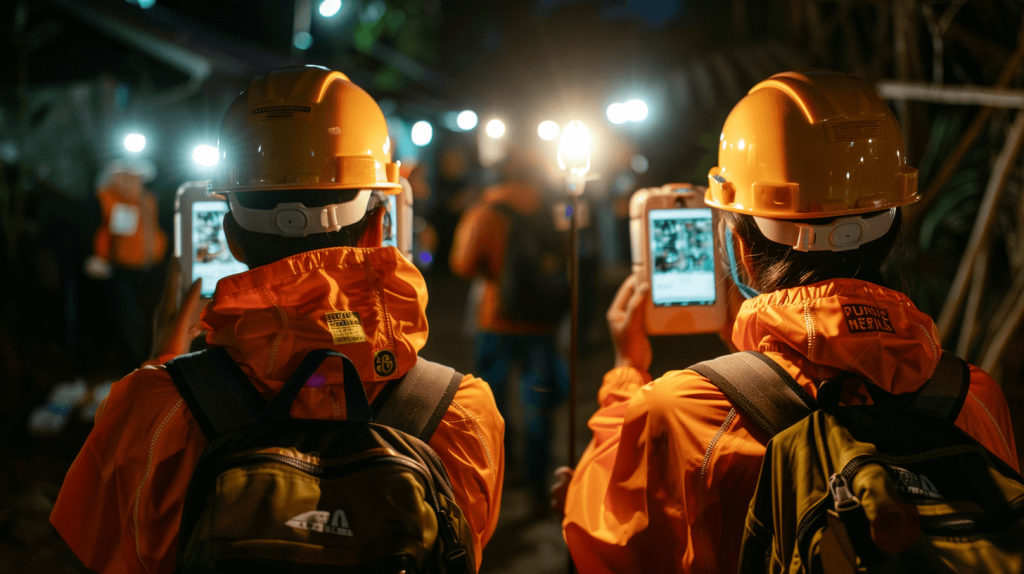Introduction
In the wake of natural disasters, reliable lighting is crucial for recovery efforts and ensuring safety. Solar lighting presents a sustainable and dependable solution, especially in situations where traditional power sources are disrupted. This guide explores the practical applications, benefits, and considerations of using solar lights in disaster scenarios, with insights drawn from real-life events such as the Sri Muda floods in Malaysia.
Effective Use of Solar Lighting in Disasters
Solar lighting systems offer numerous advantages in emergency situations, including their independence from conventional power grids, portability, and ease of installation. Here are essential tips on how to effectively use solar lights during disasters:
Do’s of Solar Lighting in Disaster Areas
- Ensure Adequate Charging: Position solar panels in optimal locations to maximize sunlight exposure, ensuring they can charge during the day and provide light throughout the night.
- Use Portable Models: Opt for portable solar lights that can be easily moved and redeployed as needed to accommodate changing conditions and needs within the disaster zone.
- Secure the Installation: Make sure that solar lights and their components are securely installed to withstand adverse weather conditions, preventing damage or loss during critical times.
- Integrate with Other Systems: Whenever possible, integrate solar lighting with other renewable energy systems to create a robust and resilient infrastructure for power generation.
Don’ts of Solar Lighting in Disaster Areas
- Neglect Maintenance: Regularly check and maintain solar lighting systems, even in a crisis, to ensure they continue to function optimally when needed most.
- Overlook Backup Options: While solar lights are reliable, having backup batteries or alternative light sources can be crucial if solar charging is impeded by weather conditions.
- Ignore Community Input: Engage with local communities to understand their specific needs and how best to deploy solar lighting to aid their recovery efforts effectively.
The Sri Muda Floods: A Case Study
In December 2021, the Sri Muda area in Shah Alam, Malaysia, experienced severe flooding that disrupted power and left many residents without basic utilities. The deployment of solar lighting in such scenarios could have provided significant benefits. Solar lights could have facilitated safer nighttime navigation, extended rescue and relief operations, and provided security in areas vulnerable to looting. This event highlighted the critical role that solar lighting can play in enhancing safety and operational capabilities during disaster responses.
Benefits of Solar Lighting in Disaster Relief
- Reliability: Solar lights provide a consistent light source independent of local power grid conditions.
- Safety: With no need for fuel and no risk of electrical hazards, solar lights are safe to use in various conditions, including wet environments.
- Cost-Effectiveness: After the initial setup, solar lights incur no additional costs, as they do not require fuel or electricity from the grid, making them economically viable in the long term.
Conclusion
Solar lighting stands out as an essential tool in disaster management and relief efforts, offering a blend of reliability, safety, and sustainability. By understanding the proper use and potential pitfalls of solar lighting, disaster response teams can significantly improve their operational effectiveness and aid delivery in crisis situations. As seen with the Sri Muda floods, incorporating solar lighting into disaster preparedness plans can substantially aid communities in recovering from catastrophic events.


